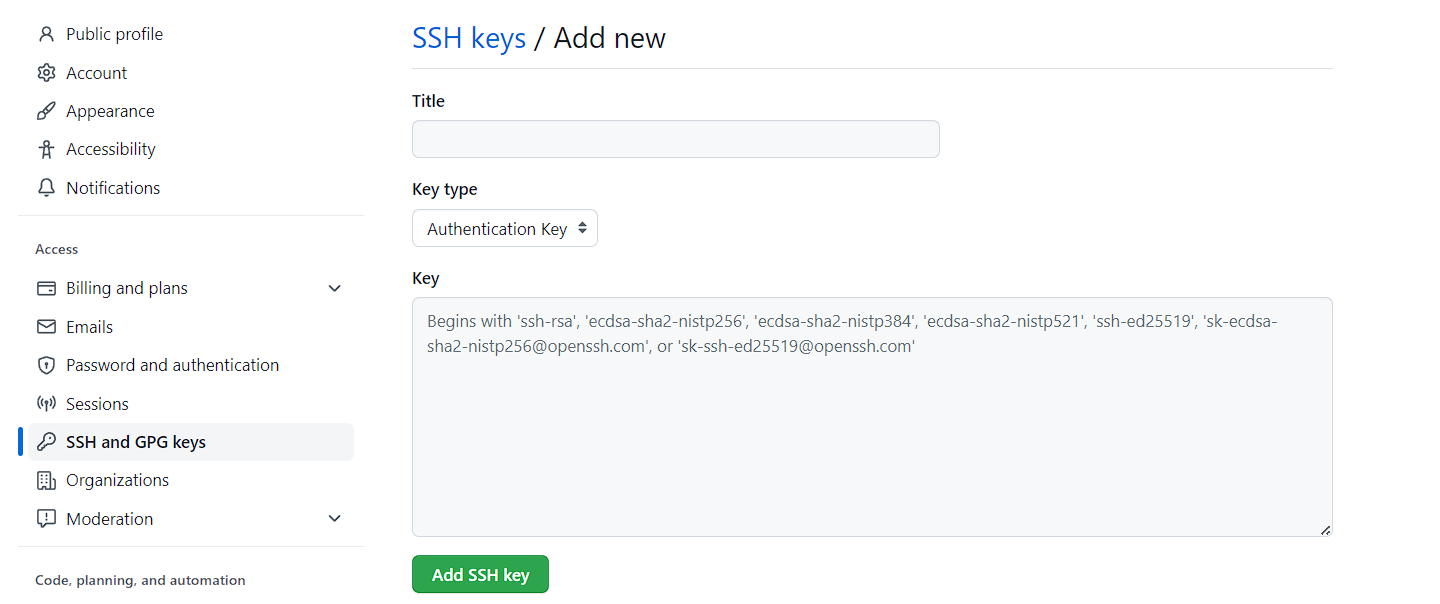What you probably did to cause this:
This kind of thing happens when you go to bang out a little program. You're about to change something which was already working, so you cast your level-3 spell of perpetual undoability:
machine1:~/proj1> git init
and you start adding/committing. But then, the project starts getting more involved and you want to work on it from another computer (like your home PC or laptop), so you do something like
machine2:~> git clone ssh://machine1/~/proj1
and it clones and everything looks good, and so you work on your code from machine2.
Then... you try to push your commits from machine2, and you get the warning message in the title.
The reason for this message is because the git repo you pulled from was kinda intended to be used just for that folder on machine1. You can clone from it just fine, but pushing can cause problems. The "proper" way to be managing the code in two different locations is with a "bare" repo, like has been suggested. A bare repo isn't designed to have any work being done in it, it is meant to coordinate the commits from multiple sources. This is why the top-rated answer suggests deleting all files/folders other than the .git folder after you git config --bool core.bare true.
Clarifying the top-rated answer: Many of the comments to that answer say something like "I didn't delete the non-.git files from the machine1 and I was still able to commit from machine2". That's right. However, those other files are completely "divorced" from the git repo, now. Go try git status in there and you should see something like "fatal: This operation must be run in a work tree". So, the suggestion to delete the files isn't so that the commit from machine2 will work; it's so that you don't get confused and think that git is still tracking those files. But, deleting the files is a problem if you still want to work on the files on machine1, isn't it?
So, what should you really do?
Depends upon how much you plan to still work on machine1 and machine2...
If you're done developing from machine1 and have moved all of your development to machine2... just do what the top-rated answer suggests: git config --bool core.bare true and then, optionally, delete all files/folders other than .git from that folder, since they're untracked and likely to cause confusion.
If your work on machine2 was just a one-time thing, and you don't need to continue development there... then don't bother with making a bare repo; just ftp/rsync/scp/etc. your files from machine*2* on top of the files on machine*1*, commit/push from machine*1*, and then delete the files off of machine*2*. Others have suggested creating a branch, but I think that's a little messy if you just want to merge some development you did on a one-time basis from another machine.
If you need to continue development on both machine1 and machine2... then you need to set things up properly. You need to convert your repo to a bare, then you need to make a clone of that on machine1 for you to work in. Probably the quickest way to do this is to do
machine1:~/proj1> git config --bool core.bare true
machine1:~/proj1> mv .git/ ../proj1.git
machine1:~/proj1> cd ..
machine1:~> rm -rf proj1
machine1:~> git clone proj1.git
machine1:~> cd proj1
Very important: because you've moved the location of the repo from proj1 to proj1.git, you need to update this in the .git/config file on machine2. After that, you can commit your changes from machine2. Lastly, I try to keep my bare repos in a central location, away from my work trees (i.e. don't put 'proj1.git' in the same parent folder as 'proj1'). I advise you to do likewise, but I wanted to keep the steps above as simple as possible.


git config receive.denyCurrentBranch=updateInstead:https://mcmap.net/q/11431/-what-is-this-git-warning-message-when-pushing-changes-to-a-remote-repository – Hatter